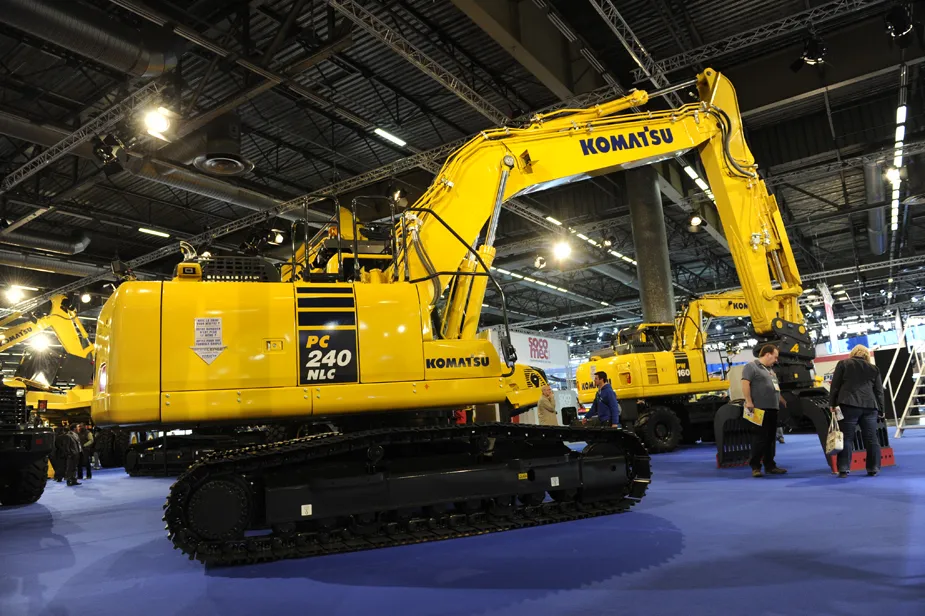In Ethiopia, three road projects worth over US$240 million will be built as part of the country's fourth road sector development plan.
The government will fund the projects using its own resources.
The first project is the 83km Sodo-Tercha asphalt-concrete project, costing around $84 million and to be built by China Railway Seventh Group. Completion is scheduled for 19 months.
The second project, worth $102 million is the 99km Bilbela-Sekota road project, scheduled to take 39 months and to be built
April 17, 2015
Read time: 2 mins
In Ethiopia, three road projects worth over US$240 million will be built as part of the country's fourth road sector development plan.
The government will fund the projects using its own resources.
The first project is the 83km Sodo-Tercha asphalt-concrete project, costing around $84 million and to be built by China Railway Seventh Group. Completion is scheduled for 19 months.
The second project, worth $102 million is the 99km Bilbela-Sekota road project, scheduled to take 39 months and to be built by China First Highway Engineering Company.
Local firm Ethiopian business Defense Construction Enterprise will build the third project, the 80km Dichito-Gaielfi roundabout-Beleho works. The project will comprise 17km of standard asphalt road with the rest, 63km or more, as concrete rigid pavement. The project is due for completion in 1,170 days.
Ethiopia laid out an ambitious road strategy in 2012 A 10-year $2.4 billion development plan was created to ensure the country gets some business from the opening up of the East Africa commodity market. Better roads allow more access to foreign investment for the landlocked country. The goal has been to continue a 6%-plus annual economic growth rate or improved upon.
World Highways %$Linker:2 Internal <?xml version="1.0" encoding="utf-16"?><dictionary /> 2 2245 0 oLinkExternal reported in May 2012 Visit WH article published in May 2012 false /sections/emergent/features/ethiopia-races-on-with-projects/ false false %> that the AfDB bank had announced a $234.5 million loan for two roads - the 112km Bedele-Metu highway and the 197km Hawassa-Ageremariam - that will see the country access ports in neighbouring Sudan and Kenya.
The government will fund the projects using its own resources.
The first project is the 83km Sodo-Tercha asphalt-concrete project, costing around $84 million and to be built by China Railway Seventh Group. Completion is scheduled for 19 months.
The second project, worth $102 million is the 99km Bilbela-Sekota road project, scheduled to take 39 months and to be built by China First Highway Engineering Company.
Local firm Ethiopian business Defense Construction Enterprise will build the third project, the 80km Dichito-Gaielfi roundabout-Beleho works. The project will comprise 17km of standard asphalt road with the rest, 63km or more, as concrete rigid pavement. The project is due for completion in 1,170 days.
Ethiopia laid out an ambitious road strategy in 2012 A 10-year $2.4 billion development plan was created to ensure the country gets some business from the opening up of the East Africa commodity market. Better roads allow more access to foreign investment for the landlocked country. The goal has been to continue a 6%-plus annual economic growth rate or improved upon.
World Highways %$Linker:







